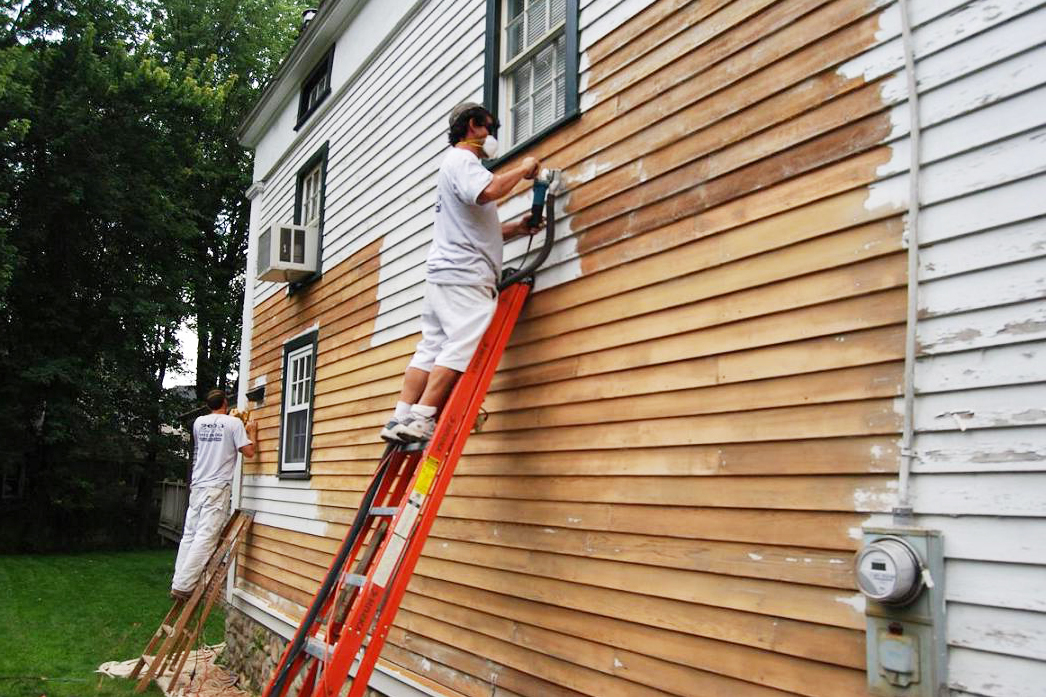
Painting the exterior of your home can be a daunting task, but with the right knowledge and techniques, you can achieve professional-looking results. In this article, we will share some pro tips and tricks to help you master the art of exterior residential painting.
Preparation is Key
Clean the Surface
- Start by power washing the exterior of your home to remove dirt, dust, and debris.
- Scrape off any loose or peeling paint using a paint scraper.
- Repair any cracks or holes in the surface with caulk or putty.
Protect Surrounding Areas
- Cover windows, doors, and trim with plastic sheeting or masking tape to protect them from paint splatter.
- Use drop cloths to cover plants, walkways, and other areas you want to keep paint-free.
Choose the Right Paint and Tools
Select the Right Paint
- Choose high-quality exterior paint that is formulated for the type of surface you are painting (wood, stucco, brick, etc.).
- Consider the climate in your area and choose a paint that is suitable for the weather conditions.
Invest in Quality Tools
- Use a high-quality paintbrush or roller to ensure smooth and even application.
- Consider using a paint sprayer for larger areas to save time and effort.
- Don't forget to have essential tools like paint trays, stir sticks, and painter's tape on hand.
Master the Painting Technique
Start from the Top
- Begin painting at the top of the house and work your way down to avoid drips and streaks.
- Paint the trim first before moving on to the larger surfaces.
Use the Proper Technique
- Apply paint in long, smooth strokes for a more even finish.
- Overlap each stroke slightly to blend the paint seamlessly.
- Work in small sections to ensure that the paint stays wet and blends well.
Finishing Touches
Check for Uniform Coverage
- Once you have finished painting, step back and check for any missed spots or uneven coverage.
- Touch up any areas that need extra paint to ensure a uniform finish.
Clean Up Properly
- Remove painter's tape and plastic sheeting carefully to avoid damaging the paint job.
- Clean paint brushes and rollers thoroughly with soap and water or paint thinner, depending on the type of paint used.
- Dispose of paint cans and other materials according to local regulations.
Conclusion
Painting the exterior of your home can be a rewarding project that adds curb appeal and value to your property. By following these pro tips and tricks, you can master the art of exterior residential painting and achieve professional-quality results. Remember, preparation, choosing the right paint and tools, mastering the painting technique, and finishing touches are essential steps to a successful paint job. Happy painting!
